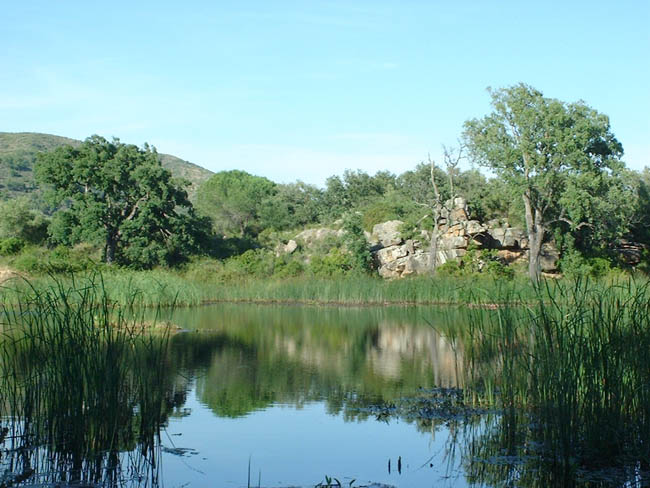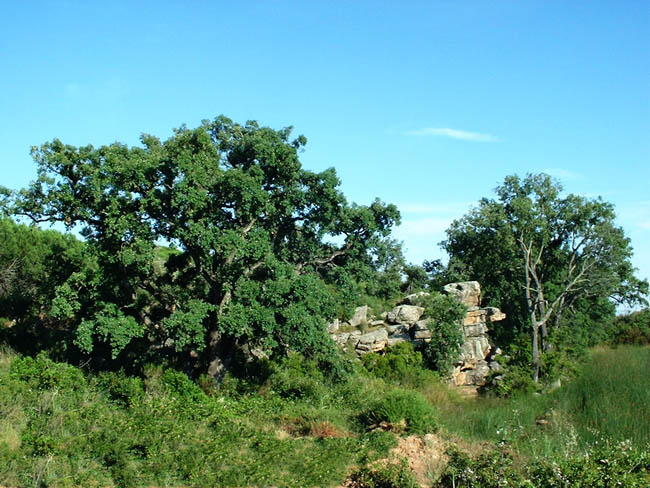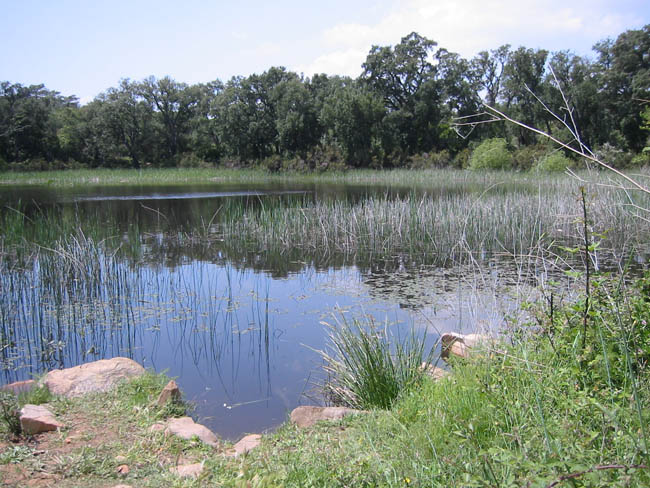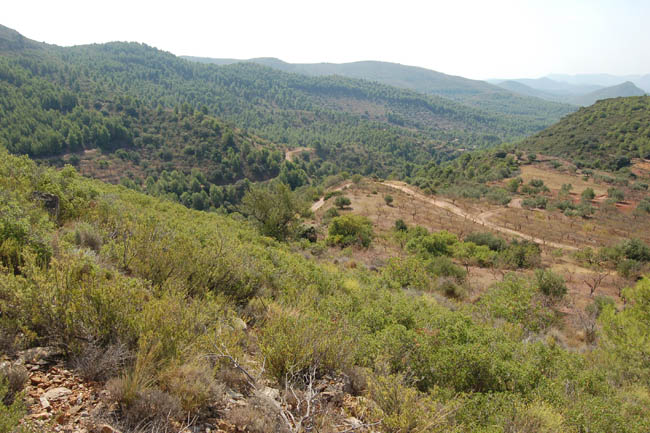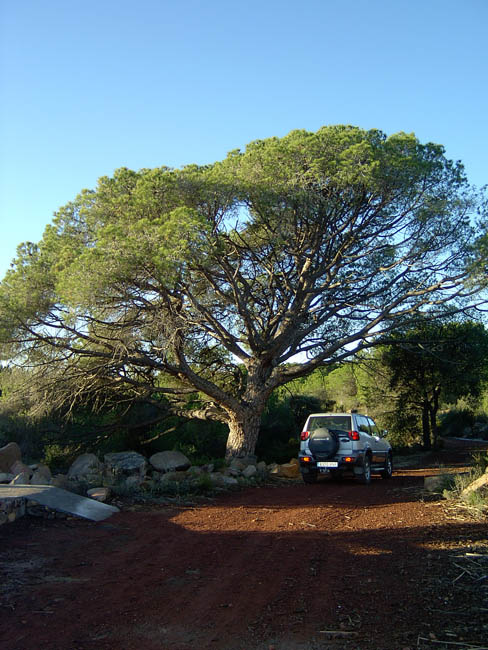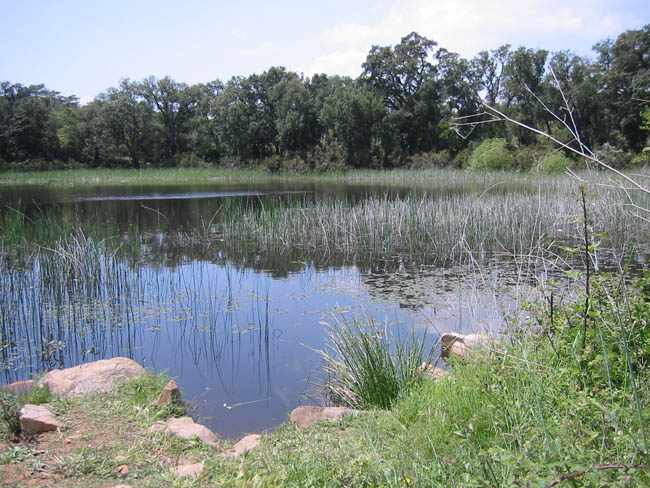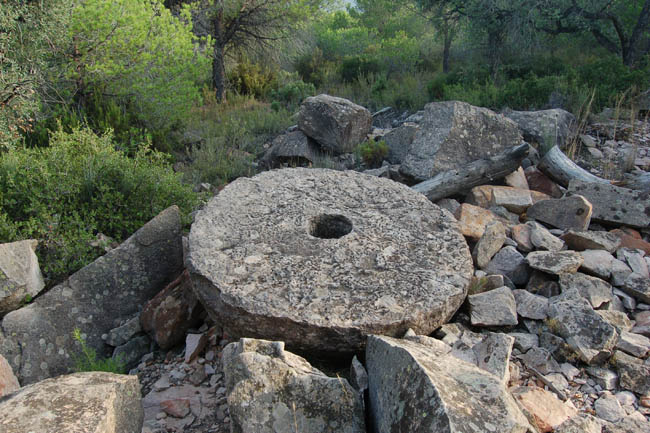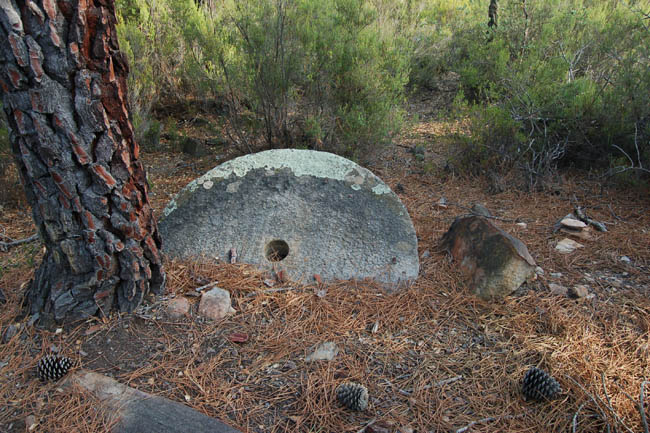La Floresta Local Park
The park that is the Paraje Natural Municipal de La Dehesa is located on the far East extreme of Soneja’s boundaries, in the province of Castellón. Covering 681,398 ha, the Consellería de Medio Ambiente, Agua, Urbanismo y Vivienda, or Regional Ministry for the Environment, declared it a Paraje Natural Municipal on the 5th of November 2002, due to its great ecological, landscape and ethnological value.
Because of the presence of various rare, autochthonous or endangered botanical species, on the 6th of November 2000 part of the area was declared a Microrreserva de Flora, or Microreserve of Flora. It contains species such as the Crassula campestris, Chaetonychia cymosa, Lavandula pedunculata, Quercus suber and Teucrium angustissimum.
Settled on the Triassic siliceous and clay sands is the La Laguna de la Dehesa, or the meadow’s lake. It is a seasonal lake, the only of its kind in all of Valencia. Within its depths grows an autochthonous aquatic plant, the Polygonum amphibium, and next to it grow rushes and cattails.
Numerous different formations can be found near to the lake, due to the siliceous and chalky character of its substrate. These include cork groves, pine woods (with Aleppos, maritime pines and stone pines), strawberry trees, brushwoods and aromatic Mediterranean forestry plants.
The ecodidactic path that runs through the park holds the remains of this area’s charms: the old stone quarry that made millstones or ruejos, in which even today you can still see the remains of the creation of these stones; the remains of the old pens where animals were herded to; the rocky area that offers a magnificent view, from the Calderona to the Espadán; and the sandy area, an old, completely dry pond that has silted up with fine white sand produced by the erosion of the adjacent rocks.
With regards to fauna, it should be noted that the park is home to some species included in the Catalogue of Protected Species and those of Special Interest. These include ocellated lizard, the European hedgehog, the common midwife toad, the western spadefoot, Bonelli’s eagle etc. However, the most notable species is the wild boar, which digs its mud baths on the edges of the lake.
The Dehesa National Park has an interpretation center, located at the exit of Soneja, at kilometer 1 of the CV 230 trail and from where the short distance PR-CV 320 path begins, that directly communicates with the Paraje. In the Center it is possible to get information about the Paraje such as the Sierra de Espadán Natural Park,
Further information on:
